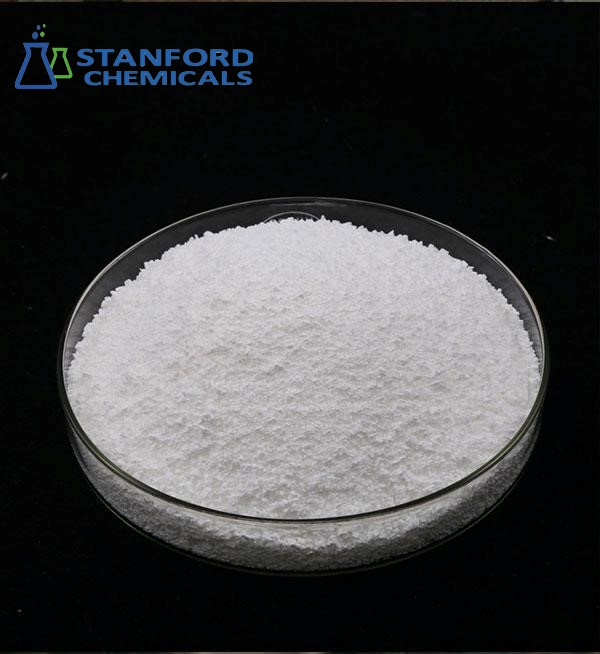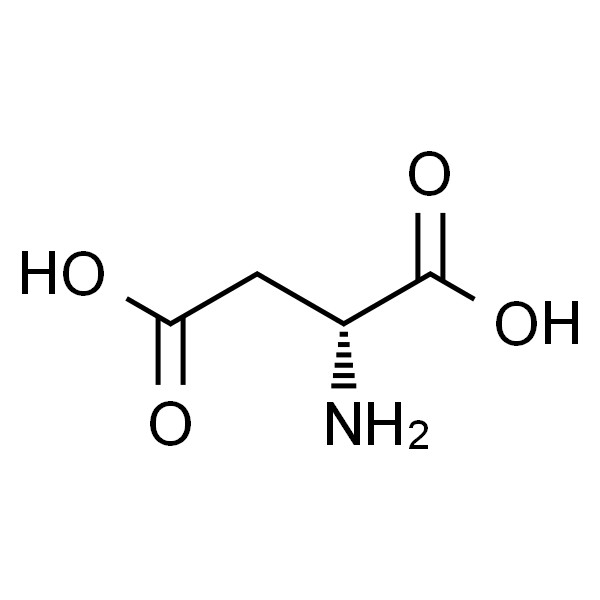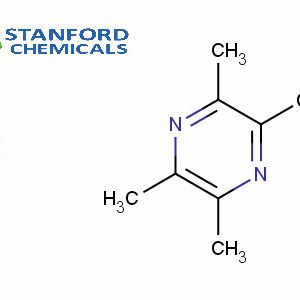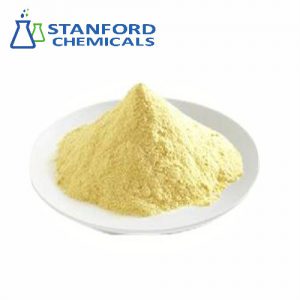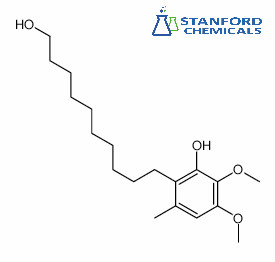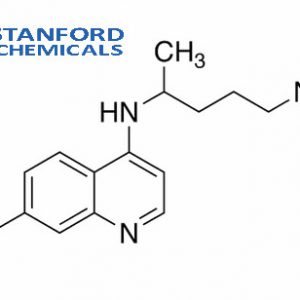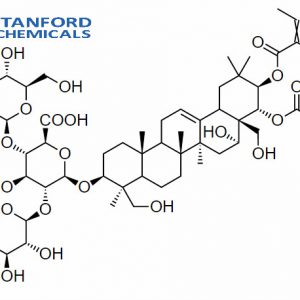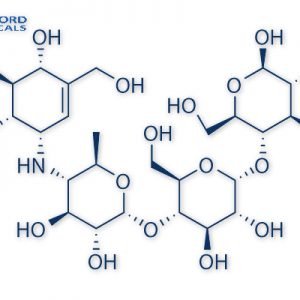- Home
- Pharmaceuticals
- 040-000-447 Aspartic acid
040-000-447 Aspartic acid
| Type | α-Amino acid |
| Related Products | 5-Aminolevulinic acid, Branch-Chain Amino Acids BCAA, Amino Acid-based Surfactant |
| CAS No. | 56-84-8 |
| Chemical Formula | C4H7NO4 |
| Appearance | white powder |
| Packaging | 25kg/Bag |
| Assay | ≥99% |
- Description
Description
Aspartic acid Introduction
Aspartic acid is an α-amino acid whose chemical formula is HOOCCH2CH(NH2)COOH. The L-isomer of aspartic acid is one of the 20 protein amino acids, the building blocks of protein. Its codons are GAU and GAC. It is the same acidic amino acid as glutamic acid. Aspartic acid is ubiquitous in biosynthesis.
Synonyms: H-D-ASP-OH; D-AMINOSUCCINIC ACID; D-2-AMINOBUTANEDIOIC ACID; D-ASPARAGINIC ACID; D-(-)-ASPARTIC ACID; D-ASPARTIC ACID; D-ASP; (R)-2-AMINOSUCCINIC ACID
Aspartic acid Specification
| pH | 2.5-3.5 (20 °C, 4 g/L in H2O) |
| Melting Point | 269-271 °C (decomposition) |
| Solubility | 4g/L |
| Bulk Density | 430kg/m3 |
| Storage Temp. | 2-30℃ |
Aspartic Acid Functions
- It acts as a precursor in the biosynthesis of amino acids (lysine, threonine, isoleucine, and methionine), purine, and pyrimidine bases.
- It can be employed as a carrier of K+ and Mg2+ ions to convey electrolytes to the myocardium, improving myocardial contractile performance with less oxygen utilized. Under circulatory coronary disorders of hypoxia, it has a protective effect on the myocardium.
- It participates in the ornithine cycle to ease the conversion of oxygen and carbon dioxide to urea, reducing the nitrogen and carbon dioxide in the blood, enhancing liver function, and resisting fatigue.
Aspartic Acid Uses
Aspartic acid has wide-ranging applications in pharmaceuticals, food, and chemical industries.
L-aspartic acid can regulate the metabolic activity of the brain and nerves. Its levorotatory isomer, L-aspartic acid, possesses widespread uses as an ammonia detoxifier, as a stimulator of liver function, as an agent for recovery from fatigue in pharmaceutical preparations, and as an additive in various stimulating beverages.
DL-aspartic acid can also find applications as a raw material for the manufacture of polypeptides. Its amino acid substituted analogue (NMDLA) can be employed as a medicine in the treatment of neurological and brain diseases.

